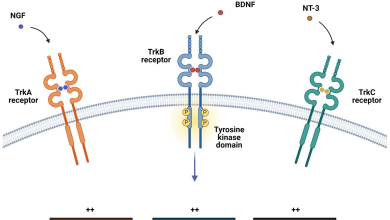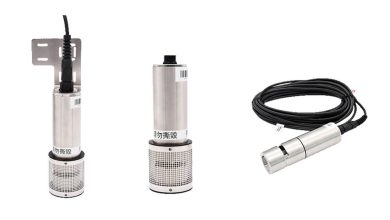Unraveling the Genetic Code: The Art and Science of DNA Extraction and Purification

Introduction:
In the intricate realm of molecular biology, the DNA extraction purification stand as foundational processes, unlocking the secrets encoded within the double helix. DNA extraction and purification are pivotal steps in various scientific endeavors, ranging from genetic research and forensics to medical diagnostics and biotechnology. In this article, we delve into the fascinating world of DNA extraction and purification, exploring the methodologies, significance, and breakthroughs that have propelled these techniques to the forefront of modern scientific inquiry.
The Basics of DNA Extraction:
DNA extraction is the initial step in unraveling the genetic code. Whether it’s isolating DNA from a cheek swab, blood sample, or plant tissue, the fundamental principles remain the same. The process involves breaking open cells to release the genetic material, then separating DNA from other cellular components.
Several methods are employed for DNA extraction, each catering to specific sample types and research objectives. The most common techniques include phenol-chloroform extraction, silica-based column purification, and magnetic bead-based methods. Regardless of the method chosen, the goal is to obtain a high-quality, pure DNA sample for downstream applications.
Silica-Based Column Purification:
One widely adopted method for DNA extraction and purification involves silica-based column chromatography. In this technique, the sample is lysed to release DNA, and the lysate is loaded onto a silica column. The silica selectively binds DNA, while contaminants are washed away. Elution with a low-salt buffer yields purified DNA suitable for various applications.
Silica-based column purification offers several advantages, including simplicity, reproducibility, and scalability. This method has become a staple in molecular biology laboratories, enabling researchers to obtain high yields of pure DNA with minimal hands-on time.
Magnetic Bead-Based DNA Extraction:
In recent years, magnetic bead-based DNA extraction has gained popularity due to its efficiency and automation capabilities. This method utilizes magnetic beads coated with a material that selectively binds DNA. After the beads capture the DNA, an external magnet is used to separate them from the rest of the sample, facilitating easy washing and elution of purified DNA.
Magnetic bead-based extraction is particularly advantageous for high-throughput applications, making it suitable for projects that demand processing large numbers of samples simultaneously. The automation potential also reduces the risk of contamination and human error, further enhancing the reliability of results.
Significance of DNA Purification:
The significance of DNA purification extends beyond obtaining a visually clear sample. Purification ensures the removal of contaminants that can interfere with downstream applications, such as polymerase chain reaction (PCR), sequencing, and cloning. Contaminants like proteins, RNA, and chemicals may inhibit enzymatic reactions or compromise the accuracy of results.
High-quality DNA is crucial for achieving reliable and reproducible data in molecular biology experiments. Researchers depend on pure DNA samples to unravel the intricacies of genetic information, diagnose genetic disorders, and advance our understanding of life at the molecular level.
Breakthroughs and Innovations:
Advancements in DNA extraction and purification methodologies continue to drive breakthroughs in various scientific disciplines. Continuous research has led to the development of more efficient and streamlined techniques, addressing challenges such as sample size, purity, and automation.
Innovations in materials, such as the introduction of novel silica matrices and magnetic beads with enhanced binding capacities, contribute to higher yields and purities. Furthermore, the integration of robotics and automated platforms has revolutionized high-throughput DNA extraction, allowing researchers to process thousands of samples with unprecedented speed and accuracy.
Conclusion:
DNA extraction purification form the bedrock of molecular biology, enabling researchers to unlock the mysteries encoded in the genetic blueprint of life. From the humble beginnings of phenol-chloroform extractions to the cutting-edge technologies of silica-based column chromatography and magnetic bead-based methods, the journey of DNA purification has been marked by continuous improvement and innovation.
As scientists strive to push the boundaries of genetic research, the importance of obtaining pure, high-quality DNA cannot be overstated. With each advancement in extraction and purification techniques, we move closer to unraveling the complexities of the genetic code and harnessing its potential for transformative applications in medicine, agriculture, and beyond.








